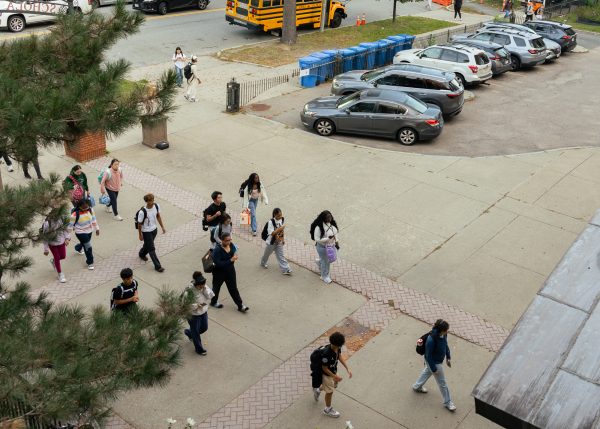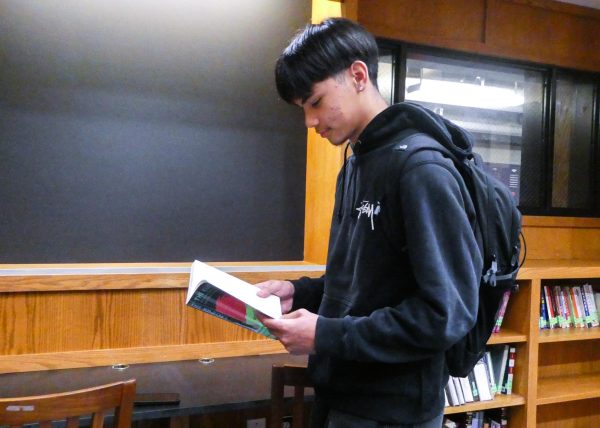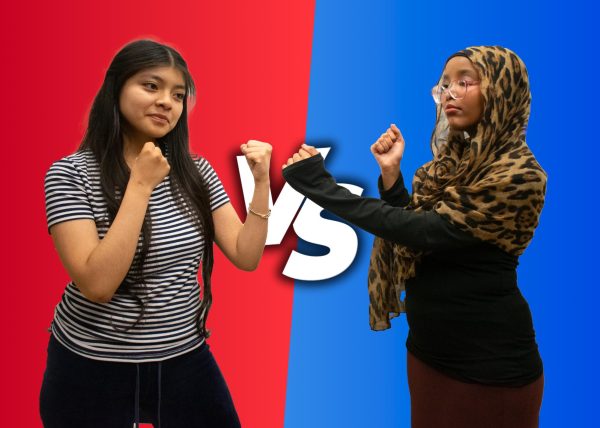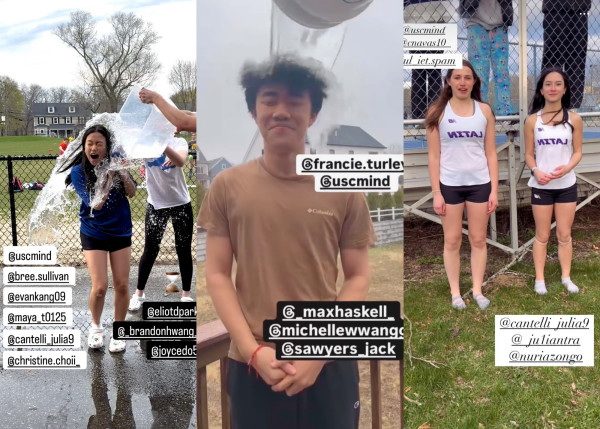Let’s Make This Our Last Month of Virtual School
Boston Public Schools is currently exploring a possible full-time “virtual school” option for the 2021-2022 school year. This proposal would be very similar to what Boston Latin School employed prior to the hybrid and fully in-person model back in April. Virtual schooling would be a secondary option for students who do not want to return to the school building, as recent BPS surveys reveal that many families and students preferred virtual learning. The overall setbacks of remote learning, however, greatly outnumber the benefits. To procure long-term academic learning as well as social and emotional development, it is crucial that all students return to in-person school next year.
The return to school as it was pre-pandemic, serves as a monumental time for students to kickstart learning and form social connections in a collaborative setting. A fully in-person model allows the opportunity for students to connect with peers once again.
Having in-person school would not only make it accessible for the study body to form meaningful relationships but also prompt opportunities to meet new people outside their social circles. Networking is a crucial part of the middle and high school experience, and social interaction is especially important for students in younger grades, who have interacted with students and teachers within the building for less time.
In-person school builds an inviting environment for students to discuss with their peers even the simplest things, such as asking about homework for a certain class. Mr. Robert Oakes, an English teacher at BLS, emphasizes how difficult social interaction is online.
“When you’re on Zoom the only interaction is, if by chance, you end up in a breakout room […] it’s awkward to interact with people over Zoom, people are just a box on the screen and you miss the little interactions, like saying ‘hi’ to people in the halls […] appreciating these little things is so important,” says Thomas Oakes (V).
Beyond the social aspects, virtual learning has negatively impacted the physical and mental health of many students. Some have felt isolated this year, due to not seeing their friends through school — others have felt stressed and overworked, having to independently submit assignments with significantly less guidance from teachers. Sitting at home all day has also been detrimental to many students’ physical health, with hours upon hours of screen time causing headaches, eye strain and back pain.
In-person school provides for better learning circumstances overall. While at home, students are less likely to pay attention in class because of increased distractions like phones and family members. This atmosphere also brews bad habits like cheating through searching up answers in their search engines. In-person school promotes a focused environment with far fewer distractions and more instruction, allowing students to learn better in a year where many will need to catch up.
As the majority of the school district will be transitioning to in-person learning models next fall, those in the virtual school program will inevitably miss out on a setting that is both socially engaging and also less-distracting for learning.
A fully in-person school model next year would provide a much more focused, positive and productive learning environment and school year for all. As Cole McKittrick (V) puts it, “Online learning just can’t really compare to in-person [learning].”






